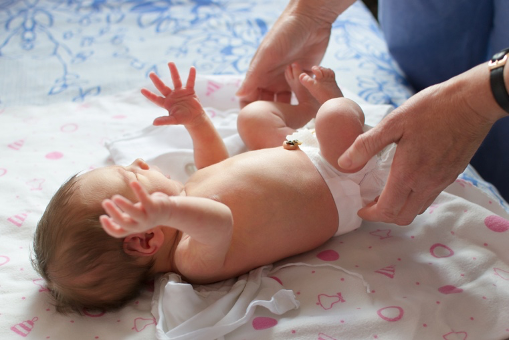
Nappy Rash, also known as Diaper Rash or Diaper Dermatitis, is the inflammation and irritation of skin underneath the nappy. 1 out of 2 babies suffer from nappy rash at some point, with the peak prevalence at around 9-12 months of age. Most presentations of nappy rash are treated by informed caregivers, and do not require specialist consultation.
Some red flag symptoms of nappy rash are:
Bright red, peeling skin
Spreading infection, fever
Baby under one month with cluster of tiny water blisters or pimples
Child feeling and acting ill
Pimples, blisters, boils, yellow scabs, open sores

Nappy rash may worsen if left untreated and may recur till the infant stops wearing diapers. The affected areas are buttocks, genitals, inner thighs, waistline, and perianal areas.
Several risk factors increase the chance of developing nappy rash.
Irritation from stool or urine: Prolonged exposure to stool and urine can cause irritation to baby’s sensitive skin.
Irritation from a new product: Baby skin may react to baby wipes or a new brand of disposable nappies.
Bacterial or fungal infection: Area covered by nappy is vulnerable as it’s warm and moist, making for an ideal breeding ground for bacteria and yeast.
Introduction of new foods: As babies switch to solid foods, the content of their stool changes which increases the likelihood of a rash
Chafing or rubbing: Tight fitting nappies or clothing that rub against baby skin can lead to a rash.
Use of antibiotics: Antibiotic use may reduce bacteria that prevent yeast over-growth, resulting in nappy rash due to yeast infection.
If left untreated, nappy rash can lead to a vicious cycle of skin barrier irritation and inflammation, disruption, excess moisture, and consequently severe and increased skin disruption.

